Marine Ecological Changes Microorganisms Terrestrial Microbes Warming Damaging Loops Mediterranean Pushing Actonclimate Soil Environmental Acidification Microbial Factors Soils Bacteria Microbiology Environments Fungi
The climate distribution on Earth is primarily controlled by the Earth itself. The various factors that influence climate include latitude, altitude, prevailing winds, ocean currents, and land masses. These elements interact with each other to create different climatic zones across the planet.
Climate Distribution on Earth

Climate refers to the long-term average weather conditions in a particular region. It is determined by factors such as temperature, precipitation, humidity, and atmospheric pressure. The Earth's climate distribution can be broadly classified into five main zones: polar, temperate, subtropical, tropical, and arid.
The polar zones are located near the poles and are characterized by extremely cold temperatures. These regions receive little sunlight and have long, harsh winters. The temperate zones lie between the polar and tropical zones and experience moderate temperatures throughout the year. The subtropical zones are found on the edges of the tropics and have warm to hot climates.
Tropical zones are located near the Equator and experience high temperatures and heavy rainfall throughout the year. Lastly, arid zones are dry regions with little rainfall. These zones include deserts and areas with low precipitation.
The distribution of these climatic zones is influenced by the Earth's rotation, which creates global wind patterns. The rotation causes the Coriolis effect, which deflects winds to the right in the Northern Hemisphere and to the left in the Southern Hemisphere. This effect creates prevailing winds that help distribute heat and moisture around the planet.
Ocean currents also play a crucial role in climate distribution. The major ocean currents, such as the Gulf Stream and the Labrador Current, transport warm or cold water from one region to another, affecting the temperature and humidity of nearby coastal areas.
Additionally, land masses can influence climate distribution. Mountains, for example, can create barriers that block the movement of air masses, resulting in different climates on either side. The presence of large bodies of water, such as oceans or lakes, can also influence local climate by providing a source of moisture and moderating temperature extremes.
Importance of Marine Protected Areas (MPAs)

Marine Protected Areas (MPAs) are specific areas within oceans or seas that are designated for conservation and sustainable use. They are essential in promoting the health of both marine ecosystems and the communities that depend on them.
MPAs help protect marine species and habitats from destructive human activities such as overfishing, pollution, and habitat destruction. By establishing protected areas, governments and organizations can regulate fishing activities, implement sustainable fishing practices, and reduce the impacts of pollution on marine environments.
These protected areas also serve as important breeding and feeding grounds for marine species. They provide a safe haven for vulnerable species to reproduce and replenish their populations. By conserving biodiversity and protecting species, MPAs contribute to the overall health and resilience of marine ecosystems.
The Ecological Impacts of Marine Natural Products

Marine natural products are substances derived from marine organisms such as plants, animals, and microorganisms. These products have shown significant potential in various fields, including medicine, agriculture, and industry. However, their extraction and use can also have ecological impacts on marine ecosystems.
The extraction of marine natural products can involve methods that may harm or disrupt marine organisms and their habitats. For example, the collection of certain marine plants or organisms may lead to overharvesting and the depletion of populations. This can disrupt the ecological balance and affect the overall health of the ecosystem.
Furthermore, the extraction process may generate waste products or byproducts that can have negative effects on water quality and the surrounding environment. It is crucial to ensure that the extraction and use of marine natural products are conducted in a sustainable and responsible manner to minimize these ecological impacts.
Microbes and Climate Feedback Loops

Microorganisms, including bacteria, fungi, and viruses, play essential roles in various ecological processes, including nutrient cycling and decomposition. However, global warming is causing changes in microbial communities and pushing them into damaging climate feedback loops.
As temperatures rise, the composition and activity of microbial communities can change. Some microorganisms, particularly those responsible for decomposing organic matter, may become more active and release larger amounts of greenhouse gases, such as carbon dioxide and methane, into the atmosphere. These greenhouse gases contribute to the further warming of the planet, creating a feedback loop.
Additionally, changes in microbial communities can disrupt nutrient cycling and affect the health and productivity of ecosystems. For example, certain microbes are crucial for nitrogen fixation, a process that converts atmospheric nitrogen into a form that plants can use. The disruption of this process can lead to nutrient imbalances and impact the growth of plants and other organisms within the ecosystem.
Interconnected Social-Ecological-Environmental Systems

The concept of a social-ecological-environmental system recognizes the interconnections between human societies, the environment, and the ecosystems they are a part of. This holistic approach emphasizes the importance of understanding and managing these interconnected systems for sustainable development.
A social-ecological-environmental system acknowledges that human activities and decisions can have profound impacts on the environment and, in turn, on social and economic systems. For example, deforestation can lead to habitat loss, which affects biodiversity and ecosystem services that support human well-being, such as clean water and air.
By taking into account the interdependencies between social, ecological, and environmental systems, researchers, policymakers, and communities can develop strategies and initiatives that promote sustainable development and address complex challenges such as climate change, biodiversity loss, and poverty alleviation.
Coastal and Marine Ecological Classification Standard (CMECS)

The Coastal and Marine Ecological Classification Standard (CMECS) is a framework used to classify and describe coastal and marine ecosystems. It provides a standardized way of categorizing and organizing ecological data, allowing for better understanding and management of these vital ecosystems.
CMECS takes into account the physical, biological, and chemical components of coastal and marine environments. It considers factors such as water depth, substrate type, and species composition to create a comprehensive classification system.
By using CMECS, scientists and resource managers can effectively assess and compare coastal and marine ecosystems across different regions. This standardized approach enables the identification of unique habitats, the evaluation of ecosystem health, and the development of conservation and management strategies tailored to specific ecosystems.
The Threats of Climate Change and Environmental Degradation

Climate change, environmental degradation, and water scarcity are significant threats to food security and the overall health of ecosystems. These interconnected challenges pose risks to agricultural productivity, natural resources, and the well-being of communities worldwide.
Climate change, driven by the increasing concentrations of greenhouse gases in the atmosphere, has led to rising temperatures, changing precipitation patterns, and more frequent extreme weather events. These changes can negatively affect crop yields, disrupt ecosystems, and lead to the loss of biodiversity.
Environmental degradation, such as deforestation, pollution, and habitat destruction, also contributes to the loss of natural resources and ecosystem services. These activities can lead to soil erosion, water pollution, and the decline of crucial ecosystem functions, such as pollination and nutrient cycling.
Water scarcity is another pressing issue, particularly in regions experiencing droughts or facing challenges in accessing clean freshwater. Water scarcity affects agriculture, human health, and ecosystems that depend on freshwater resources.
To address these threats, it is crucial to implement sustainable practices in agriculture, conserve natural resources, and reduce greenhouse gas emissions. Sustainable agriculture methods, such as agroforestry and organic farming, can help enhance ecosystem resilience and promote food security. Additionally, protecting and restoring ecosystems, such as forests and wetlands, can contribute to climate change mitigation and adaptation efforts.
Coastal and Marine Ecological Classification Standards (CMECS) Pilot
The Coastal and Marine Ecological Classification Standards (CMECS) pilot studies aim to refine and validate the CMECS framework for classifying and describing coastal and marine ecosystems. These studies contribute to the development of a more comprehensive and precise classification system.
Through extensive data collection and analysis, the CMECS pilot studies assess the applicability and effectiveness of the classification standards across different regions and ecosystems. They help identify any potential limitations, refine terminology and measurements, and ensure the accuracy and reliability of the classification system.
By conducting these pilot studies, scientists and resource managers can improve their understanding of coastal and marine ecosystems, identify unique habitats and their ecological functions, and inform conservation and management efforts.
The Importance of Sustainable Social-Ecological-Environmental Systems

A sustainable social-ecological-environmental system is vital for the well-being of both people and the planet. Such a system recognizes the interconnectedness of social, ecological, and environmental elements and promotes their sustainable coexistence.
By adopting sustainable practices and policies, societies can ensure the conservation and responsible use of natural resources, minimize negative environmental impacts, and enhance human well-being. This includes promoting renewable energy sources, managing waste effectively, and addressing social inequalities.
At the core of a sustainable social-ecological-environmental system is the principle of long-term thinking and decision-making. It entails considering the needs and interests of future generations and ensuring that current actions do not compromise the ability of future generations to meet their own needs.
Developing and maintaining sustainable social-ecological-environmental systems requires collaboration among individuals, communities, governments, and organizations. By working together, we can create a more sustainable and resilient future for ourselves and generations to come.
Understanding Marine Ecosystems

Marine ecosystems are diverse and complex systems that encompass a wide range of habitats, from coral reefs and kelp forests to deep-sea trenches and open ocean. These ecosystems are home to a plethora of marine species and play a crucial role in supporting global biodiversity and ecosystem services.
Marine ecosystems are characterized by the interactions between various organisms and their physical environment. They provide essential services such as food production, climate regulation, nutrient cycling, and shoreline protection.
Coral reefs, for example, are among the most biodiverse ecosystems on Earth and provide habitats for a vast array of marine species. They act as natural barriers, protecting coastlines from erosion and minimizing the impact of waves during storms.
Kelp forests, on the other hand, serve as nursery grounds and feeding areas for many marine organisms. They contribute to carbon storage and provide habitats for numerous species, including fish, invertebrates, and marine mammals.
Understanding marine ecosystems is crucial for their conservation and sustainable management. By studying these ecosystems, scientists can gain insights into their ecological processes, identify threats and vulnerabilities, and develop strategies to protect and restore them.
It is essential to address climate change, protect marine and coastal ecosystems, and promote sustainable practices to ensure the long-term health and well-being of our planet and future generations.
If you are looking for Climate change, environmental degradation, water scarcity threaten food you've came to the right web. We have 30 Pictures about Climate change, environmental degradation, water scarcity threaten food like Marine ecosystem — Science Learning Hub, Marine Ecological Processes - 1st Edition and also Frontiers | Developing a Social–Ecological–Environmental System. Here it is:
Climate Change, Environmental Degradation, Water Scarcity Threaten Food
change climate environmental degradation water food security infographic scarcity threaten clues agency protection nc
Marine ecological solutions: artificial reefs, mitigating coastal erosion. Marine ecosystem — science learning hub
Global Marine Analysis Suggests Food Chain Collapse | Ocean Ecosystem
 www.pinterest.com
www.pinterest.com sciencedaily
Marine ecosystems primarily climate controlled dependent imbalance. Change climate environmental degradation water food security infographic scarcity threaten clues agency protection nc
Species & Ecosystems
ecosystems climate conservation species change global map ecological ipcc strategies damage vulnerable adaptation data sept
Ecological pollution. Some marine ecosystems failing-future global warming changes
Water Blogged: MPAs Work Together For Healthy Oceans And Communities
 livingoceanssociety.blogspot.com
livingoceanssociety.blogspot.com marine oceans protected areas work mpas healthy infographic ecosystem mpa infographics communities conservation together water ocean education important living network
Ecological pollution. Ecological erosion reefs artificial
Aquatic Ecosystem Diagram | Ecosystems, Aquatic Ecosystem, Science Projects
 www.pinterest.com
www.pinterest.com aquatic ecosystem ecosystems science systems diagram water habitat canada biomes change phosphorus system thinking projects lake diagrams ecology fish vs
Some marine ecosystems failing-future global warming changes. 9781475741261: marine ecological processes
Marine Ecosystem — Science Learning Hub
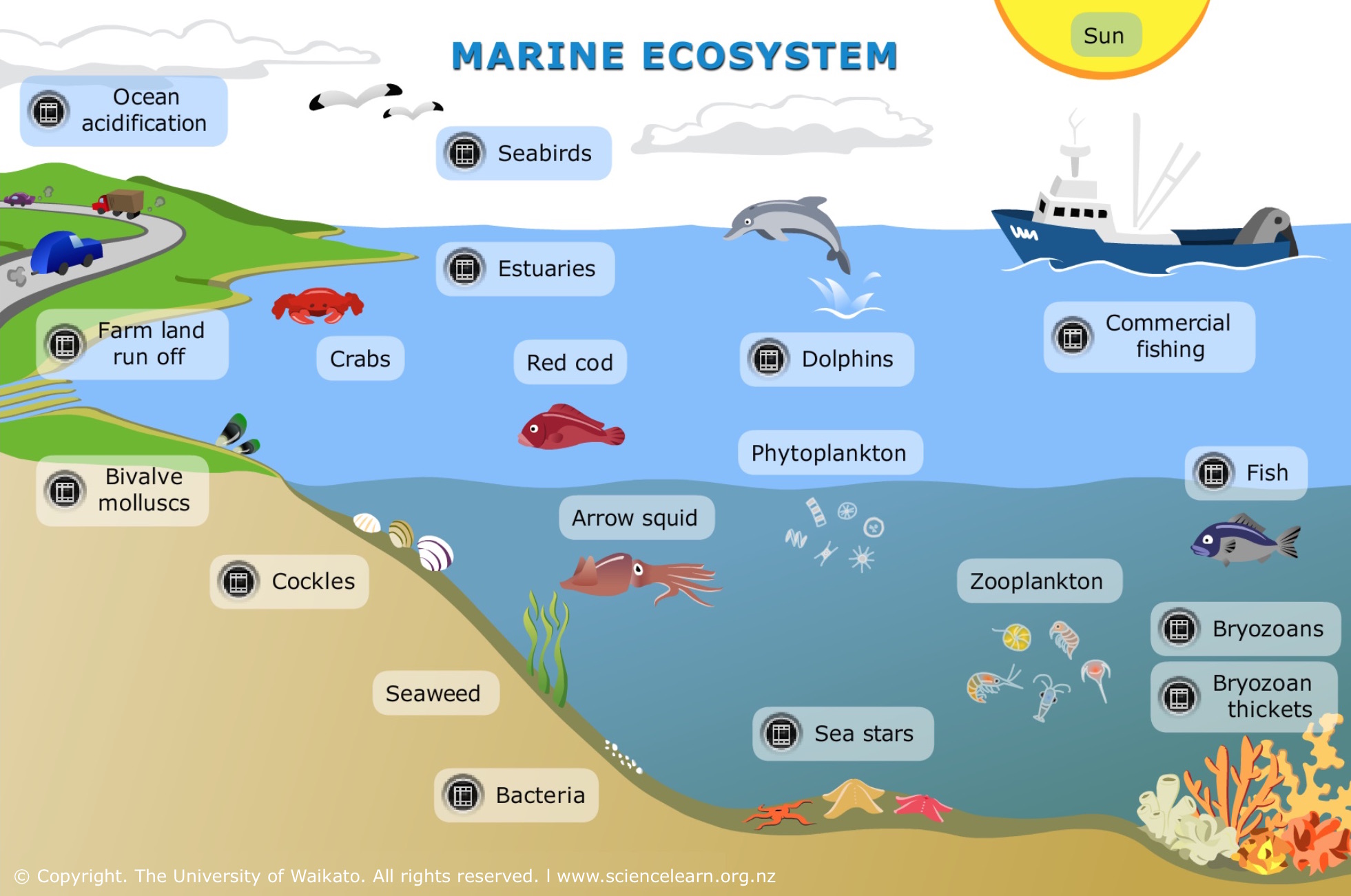 www.sciencelearn.org.nz
www.sciencelearn.org.nz ecosystem ecosystems clicking
Aquatic ecosystem ecosystems science systems diagram water habitat canada biomes change phosphorus system thinking projects lake diagrams ecology fish vs. Marine ecological environment protection and safety
Aquatic Ecosystem (Water Ecosystem) ~ Professional Shiksha
 professionalshiksha.blogspot.com
professionalshiksha.blogspot.com ecosystem marine water aquatic ocean classification ecosystems different ppt habitats salinity cartoon national antarctica eco shiksha professional figure source parts
Ecosystem marine water aquatic ocean classification ecosystems different ppt habitats salinity cartoon national antarctica eco shiksha professional figure source parts. Ecosystem modeling in the pacific
Insight Into Marine Life's Ability To Adapt To Climate Change | Climate
 www.pinterest.com
www.pinterest.com constantinealexander
Ecosystem marine water aquatic ocean classification ecosystems different ppt habitats salinity cartoon national antarctica eco shiksha professional figure source parts. Insight into marine life's ability to adapt to climate change
9781475741261: Marine Ecological Processes - IberLibro - Valiela, I
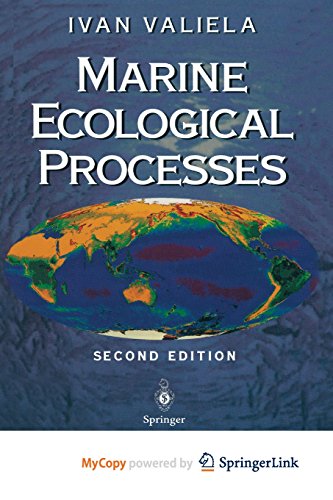 www.iberlibro.com
www.iberlibro.com ecological
Marine ecological environment protection and safety. Ecosystem fisheries modeling ecosystems human ecology
Some Marine Ecosystems Failing-Future Global Warming Changes
 www.pinterest.com
www.pinterest.com marine ecosystems global choose board warming predictions failing changes future some
Marine ecological environment protection and safety. Place-based conservation
Ecosystem Modeling In The Pacific | NOAA Fisheries | Ecosystems
 www.pinterest.com
www.pinterest.com ecosystem fisheries modeling ecosystems human ecology
Ecological problems marine vector disaster sea clipart clip. Ecology ecological chemical impacts
Coastal And Marine Ecological Classification Standards (CMECS) Pilot
coastal ecological classification standards pilot studies marine
Climate impacts on ecosystems. Marine ecological forecast frontiersin generation lessons figure fmars
Frontiers | Developing A Social–Ecological–Environmental System
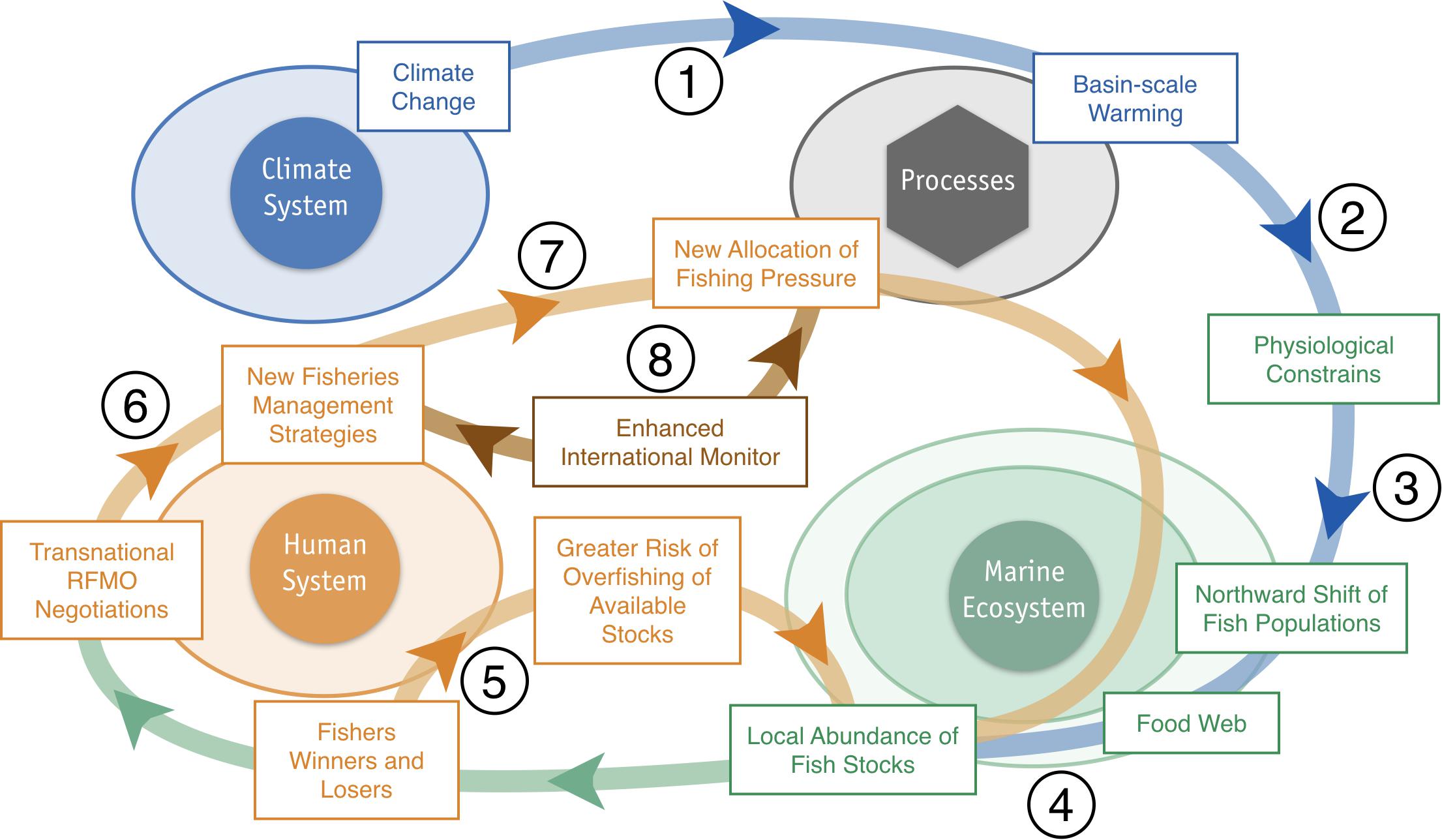 www.frontiersin.org
www.frontiersin.org climate system ecological framework pacific change environmental social frontiersin marine science developing impacts address north highly warming distributional sees shifts
Coastal marine ecological classification standard natureserve. Marine processes ecological oceans climate economics policy 1st edition elsevier
Frontiers | Developing A Social–Ecological–Environmental System
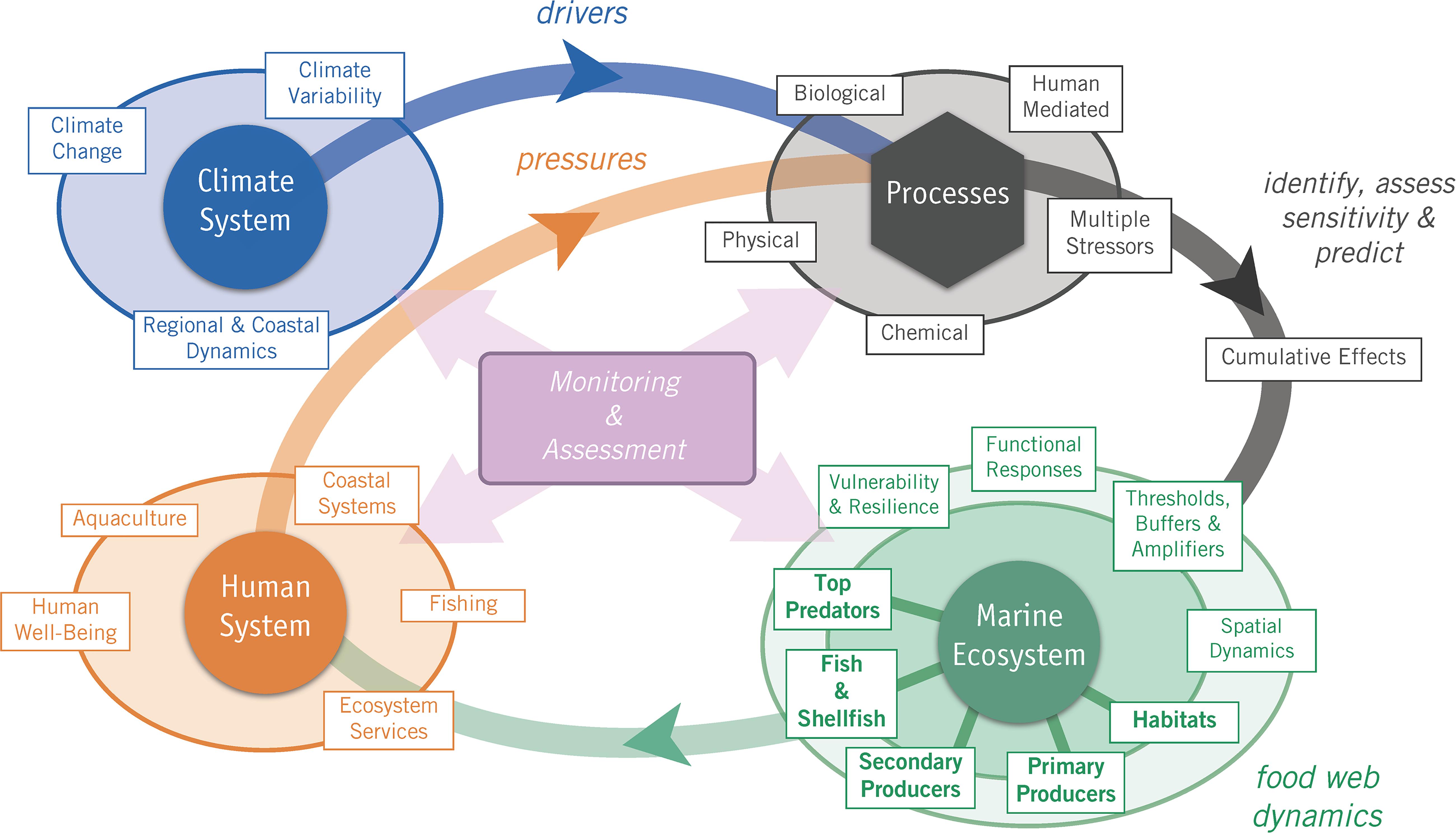 www.frontiersin.org
www.frontiersin.org ecological social system change climate environmental pacific framework north address frontiersin impacts developing science schematic future figure fmars
Ecosystems climate conservation species change global map ecological ipcc strategies damage vulnerable adaptation data sept. Insight into marine life's ability to adapt to climate change
Marine Ecological Processes - 1st Edition
 www.elsevier.com
www.elsevier.com marine processes ecological oceans climate economics policy 1st edition elsevier
Change climate environmental degradation water food security infographic scarcity threaten clues agency protection nc. Microorganisms terrestrial microbes warming damaging loops mediterranean pushing actonclimate soil environmental acidification microbial factors soils bacteria microbiology environments fungi
(PDF) Global Marine Ecological Status Report 2010/2011
 www.researchgate.net
www.researchgate.net ecological marine status global report
Climate distribution on earth is primarily controlled by. Ecosystem modeling in the pacific
Science
science nk cean
Climate distribution on earth is primarily controlled by. Coastal and marine ecological classification standards (cmecs) pilot
Chemical Ecology The Ecological Impacts Of Marine Natural Products
 www.pinterest.com
www.pinterest.com ecology ecological chemical impacts
(pdf) global marine ecological status report 2010/2011. Aquatic ecosystem ecosystems science systems diagram water habitat canada biomes change phosphorus system thinking projects lake diagrams ecology fish vs
Global Warming Is Pushing Microbes Into Damaging Climate Feedback Loops
 coyotegulch.blog
coyotegulch.blog microorganisms terrestrial microbes warming damaging loops mediterranean pushing actonclimate soil environmental acidification microbial factors soils bacteria microbiology environments fungi
Marine ecological environment protection and safety. Coastal marine ecological classification standard natureserve
Climate Distribution On Earth Is Primarily Controlled By - The Earth
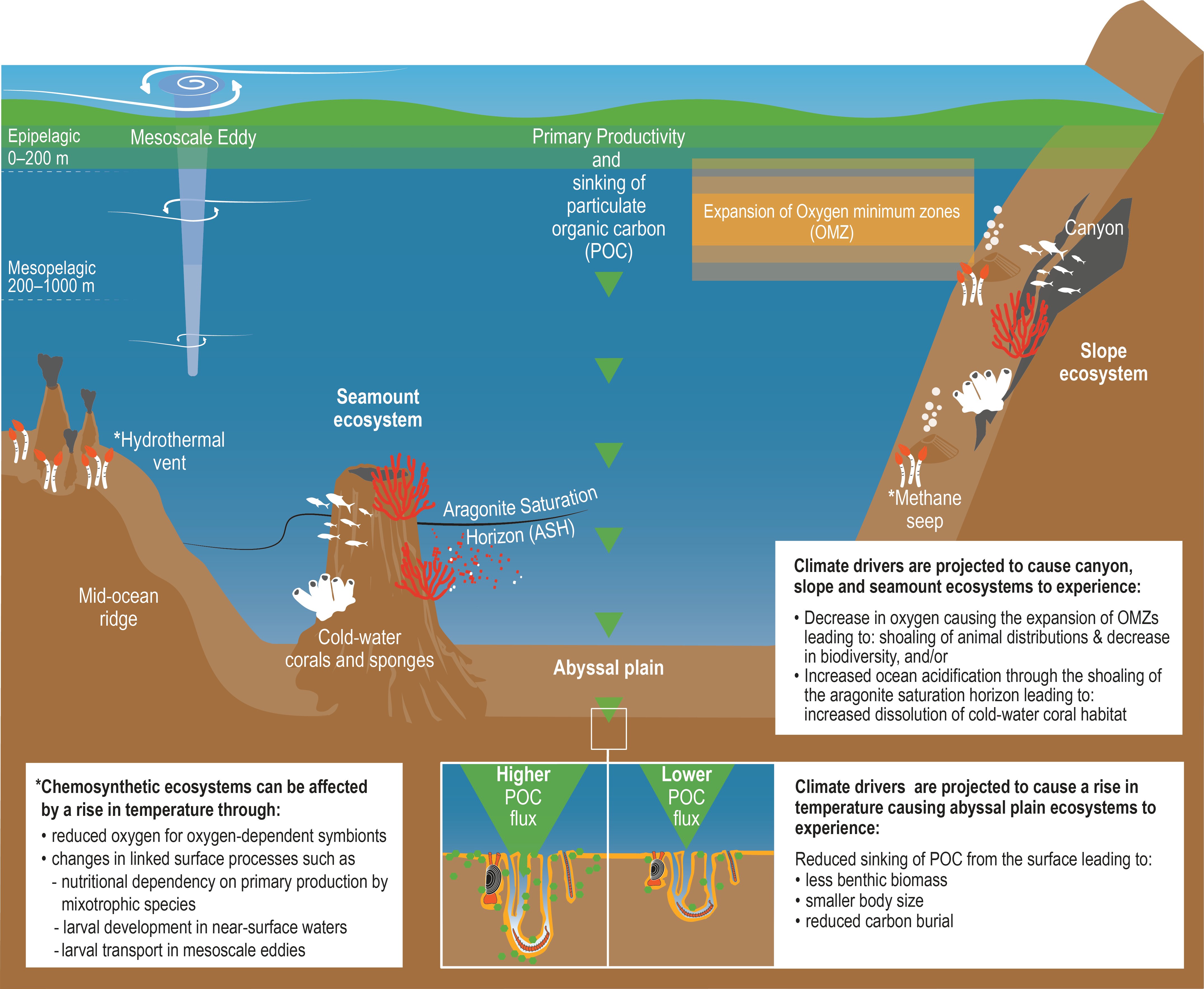 www.revimage.org
www.revimage.org marine ecosystems primarily climate controlled dependent imbalance
Species & ecosystems. Ecosystem marine water aquatic ocean classification ecosystems different ppt habitats salinity cartoon national antarctica eco shiksha professional figure source parts
21st Century Issue: Ocean Ecology
 hatersgonnahatess.blogspot.com
hatersgonnahatess.blogspot.com ecosystem marine loss ocean sea ecology destroy 21st issue century stop
9781475741261: marine ecological processes. Climate change, environmental degradation, water scarcity threaten food
Climate Impacts On Ecosystems | Climate Change Impacts | US EPA
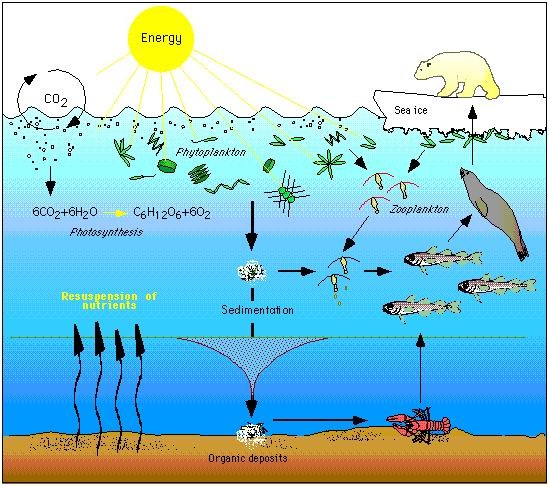 19january2017snapshot.epa.gov
19january2017snapshot.epa.gov ecosystems affect impacts ultimately plankton mammals algae zooplankton
21st century issue: ocean ecology. Chemical ecology the ecological impacts of marine natural products
Place-Based Conservation
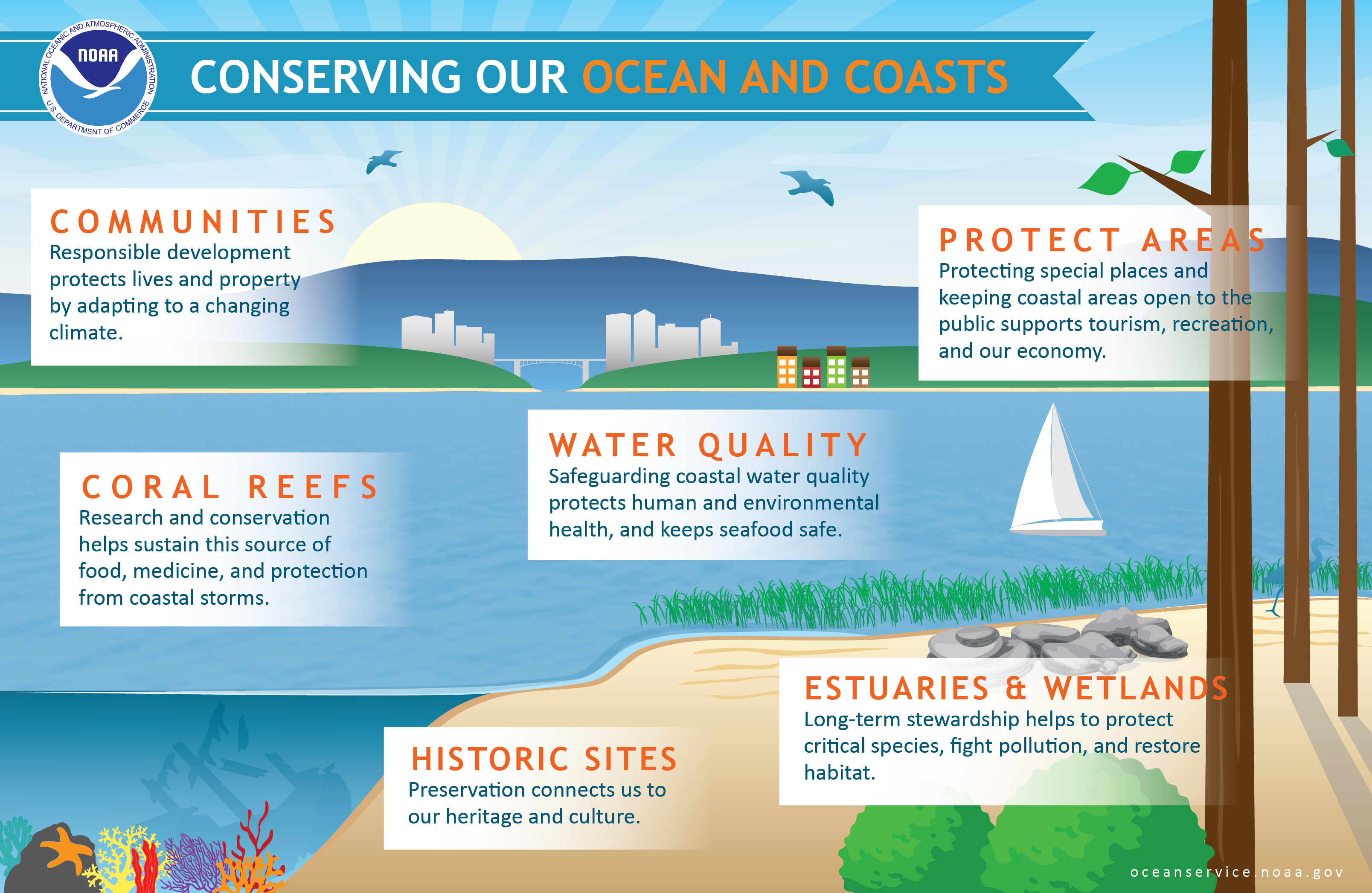 oceanservice.noaa.gov
oceanservice.noaa.gov conservation based place ecosystems graphic noaa oceanservice gov act
Marine ecosystems global choose board warming predictions failing changes future some. Marine ecological solutions: artificial reefs, mitigating coastal erosion
Environmental Impacts Of Open-Ocean Aquaculture By Ocean Conservancy By
 www.pinterest.com
www.pinterest.com aquaculture fish farming ocean overfishing environmental open hydroponics impacts infographics environment diy infographic marine industry food greenhouse water culture conservancy
Vector illustration of marine ecological problems. (pdf) global marine ecological status report 2010/2011
Vector Illustration Of Marine Ecological Problems - Ecological Disaster
ecological problems marine vector disaster sea clipart clip
Marine oceans protected areas work mpas healthy infographic ecosystem mpa infographics communities conservation together water ocean education important living network. Coastal marine ecological classification standard natureserve
Marine Ecological Solutions: Artificial Reefs, Mitigating Coastal Erosion
ecological erosion reefs artificial
Ecological erosion reefs artificial. Global warming is pushing microbes into damaging climate feedback loops
Frontiers | Lessons From The First Generation Of Marine Ecological
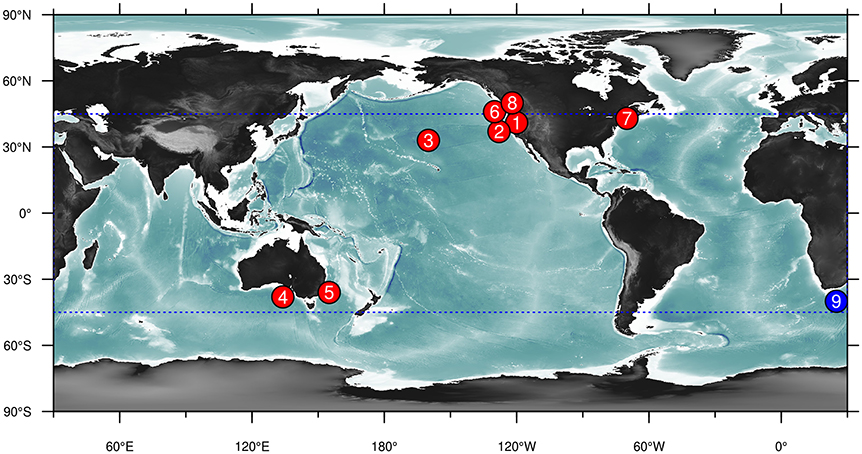 www.frontiersin.org
www.frontiersin.org marine ecological forecast frontiersin generation lessons figure fmars
Environmental impacts of open-ocean aquaculture by ocean conservancy by. (pdf) global marine ecological status report 2010/2011
Marine Ecological Environment Protection And Safety - CHINA MARINE
 www.cimee.com.cn
www.cimee.com.cn ecological pollution
Marine ecological solutions: artificial reefs, mitigating coastal erosion. Global warming is pushing microbes into damaging climate feedback loops
Marine Monitoring & Analysis – R&C ENVIRONMENT LAB
ecological
Climate distribution on earth is primarily controlled by. Marine ecosystems primarily climate controlled dependent imbalance
Coastal And Marine Ecological Classification Standard (CMECS) | NatureServe
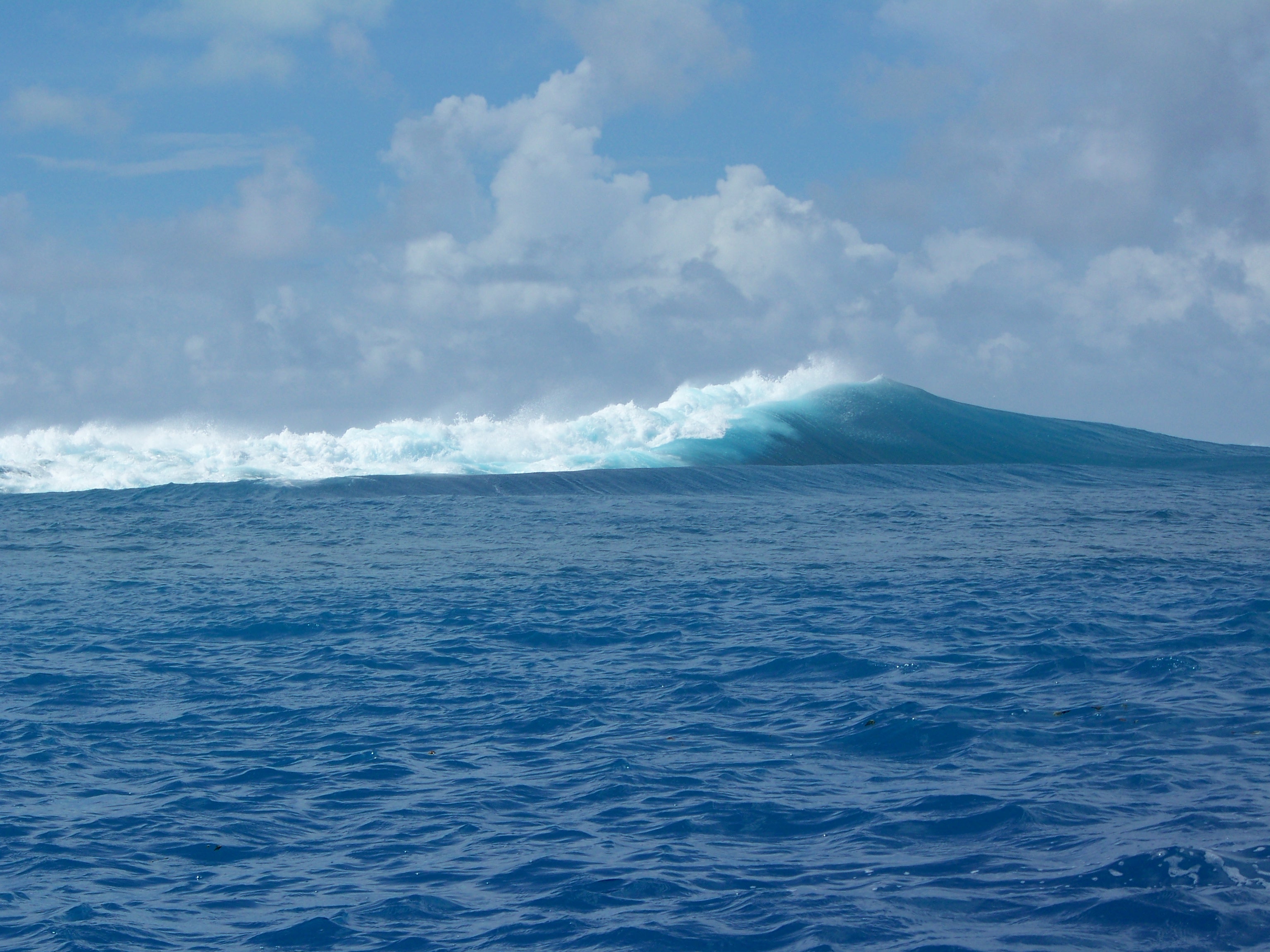 www.natureserve.org
www.natureserve.org coastal marine ecological classification standard natureserve
Place-based conservation. Ecological social system change climate environmental pacific framework north address frontiersin impacts developing science schematic future figure fmars
Coastal and marine ecological classification standards (cmecs) pilot. Climate change, environmental degradation, water scarcity threaten food. Vector illustration of marine ecological problems
Post a Comment for "Marine Ecological Changes Microorganisms Terrestrial Microbes Warming Damaging Loops Mediterranean Pushing Actonclimate Soil Environmental Acidification Microbial Factors Soils Bacteria Microbiology Environments Fungi"